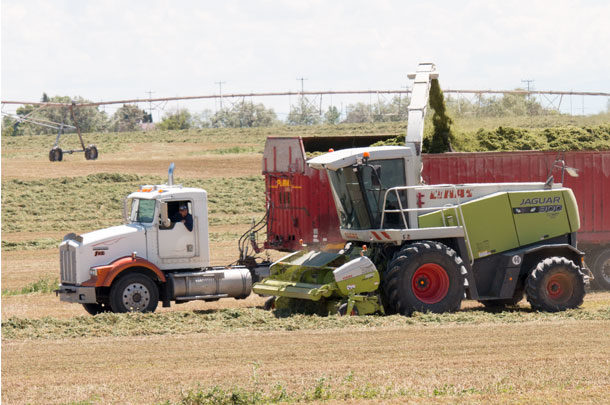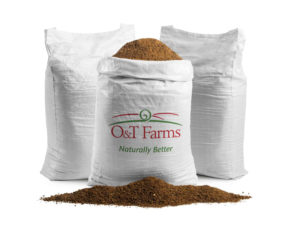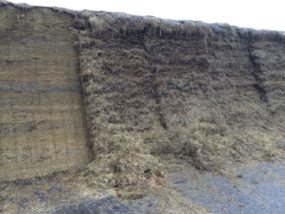This has created a challenge for many with regard to the overall haylage tonnage to be expected this year and has forced many producers to double-check their forage inventories and come up with alternative plans for planting new seeding and corn silage acres.
If this weren’t challenging enough, the cool, wet spring delayed producers from even getting on the land to apply these adjusted strategies. For the purpose of this article, I will focus on making the most out of your first-cut haylage in a cool, wet spring.
A cool, wet spring provides several things to consider with regard to forage quality. The quality of first cut is affected by growing conditions, maturity, harvesting and storage conditions.
According to Cumberland Valley Analytical Services (CVAS Tech Notes), in wet, cool conditions, more structural fibre and lignin is created and thus reduced digestibility. The lack of sunlight further impacts digestibility by the reduced sugar content in plants. Also, according to Dr. Dan Undersander of the University of Wisconsin, nitrogen fixation in alfalfa and clovers are hampered by the lack of energy from photosynthesis and the limited oxygen in some soils due to water saturation. This leads to lower crude protein (CP) levels.
Maturity is key to quality forage, and it’s generally well-known that first-cut haylage, when harvested at its optimum stage, provides one of the most digestible feeds. This year, however, it was a real challenge for most to harvest first cut timely, and any delays only increased acid detergent fibre (ADF) and neutral detergent fibre (NDF) as well as lignin content and reduced CP, non-fibre carbohydrate (NFC, sugars) and digestible energy levels, hence reducing overall fermentability in storage and, ultimately, digestibility by the animal.
When harvesting haylage, dry matter (DM) levels are key, and 34% to 38% DM is the best range for the highest lactic acid production for good fermentation, according to data analysis from CVAS on a 1,500-hay-crop sample. At this level of moisture, fermentation in the silo optimizes the use of available carbohydrates and protein to stabilize the crop. Wetter haylage runs the risk of higher acetic acid and butyric acid values, indicating a slower fermentation has occurred. High butyric level (above 0.5% DM) indicates fermentation issues and can impact animal productivity. High crop sugar levels will aid good fermentation in the silo, but this may not be the case as a result of this year’s challenging growing and harvesting conditions. Increased wilting time due to slow drying conditions, as well as crops rained on, substantially reduce this much-needed plant sugar for proper fermentation.
For ruminant animals to get the most out of haylage, they need rapidly digestible plant carbohydrates (NFC, sugars, starch) as well as soluble protein to continuously provide nutrients to fibre-digesting bacteria. Increasing starch levels to make up for lower-energy, higher-fibre forages runs the risk of lowering the rumen pH, which may create acidosis or subclinical acidosis, which also hinders fibre-digesting bacteria.
The best choice for making the most of your haylage is balancing for the missing plant sugar and protein in your ration by replacing this portion with plant-based sugars from molasses. This form of increasing energy to the correct levels does not lower rumen pH levels compared to starch, hence creating a better environment for fibre-digesting bacteria. This is key to keeping dry matter intake (DMI) up in cases of higher-fibre, lower-digestible haylages. Rations should be balanced for a 6% to 8% sugar content for optimal rumen function.
As you begin to feed out first-cut forage, consider correcting sugar levels by adding molasses to your ration to ensure the best possible rumen digestion. ![]()
PHOTO: Photo by Lynn Jaynes.

-
Anton Reijmers
- Business Development and Sales
- Liquid Feeds International
- Email Anton Reijmers









